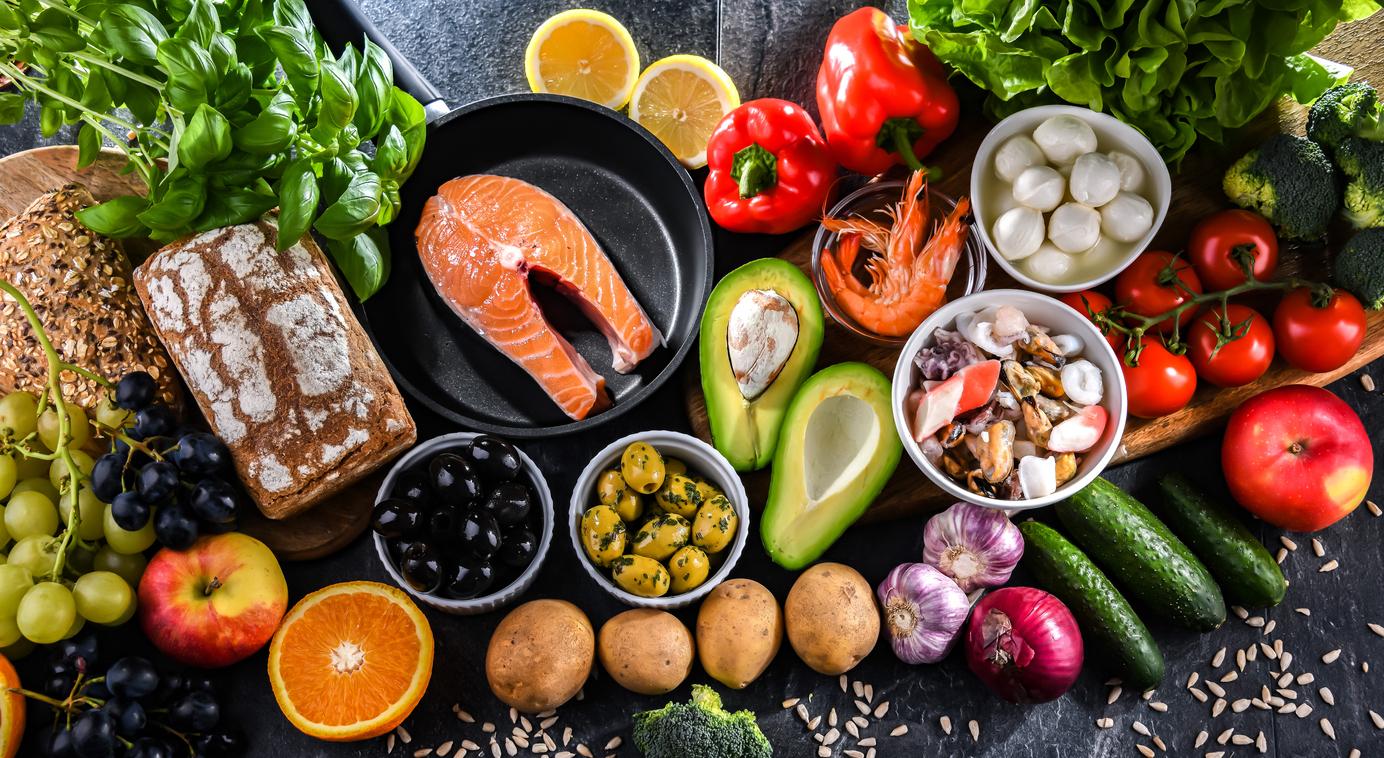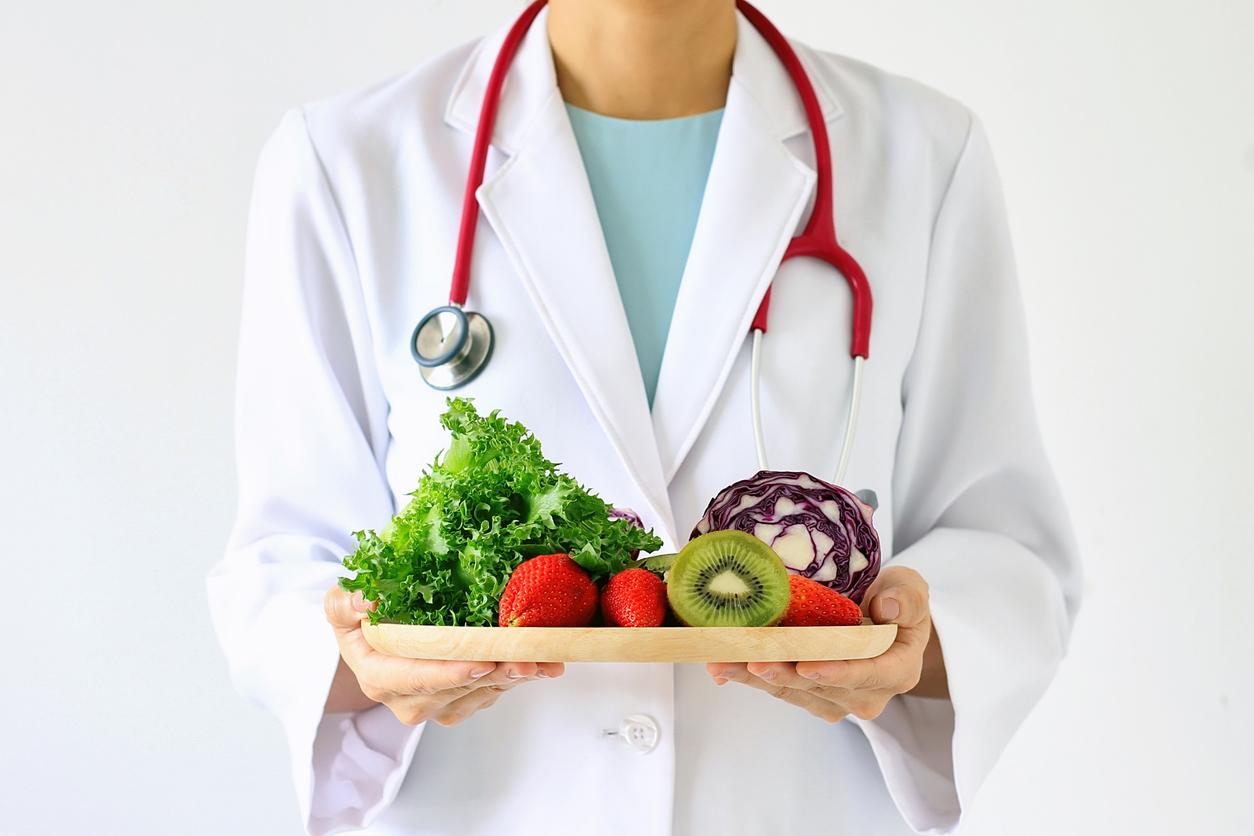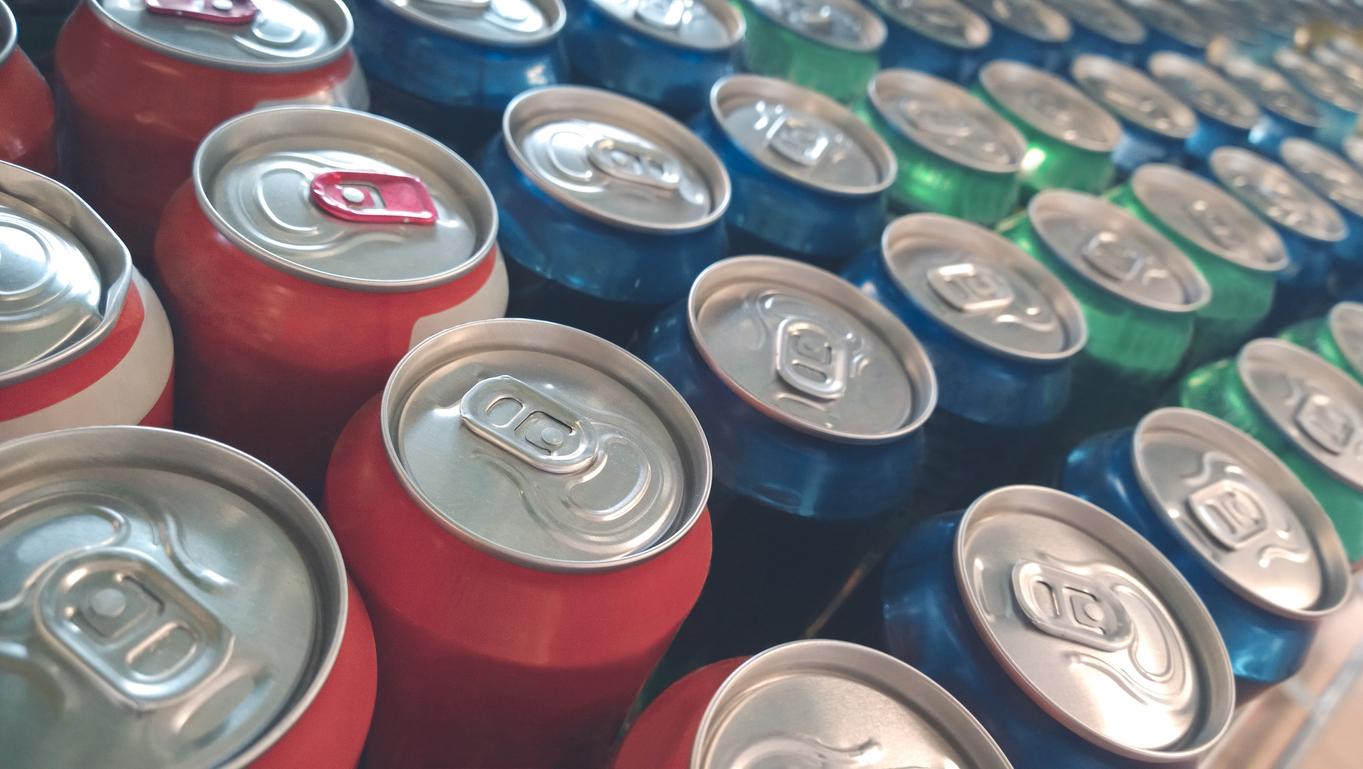Consuming red meat could increase the risk of suffering from cardiovascular disease.

- To reduce cardiovascular risk, stop smoking, practice regular physical activity, limit alcohol consumption and avoid consuming foods high in fat.
- If the lifestyle change is not enough. The doctor can prescribe a drug treatment to the patient to limit cardiovascular complications.
Cardiovascular diseases are the leading cause of death among women in France and the second among men, according to Public Health France. This term includes several types of pathologies, such as cerebrovascular accidents (CVA), myocardial infarction, heart failure or peripheral vascular diseases. Among the factors that can explain their development, we find heredity, age, smoking, high blood pressure, physical inactivity, high cholesterol, obesity or poor diet. A team of researchers has just studied this last factor and, more specifically, the impact of the consumption of red meat on the body. According to scientists, people who eat it have a higher risk of suffering from cardiovascular disease. Their work has been published in the journal Nature Microbiology.
TMAO would increase the risk of cardiovascular disease
To understand what happens in our body when we eat red meat, we must look at TMAO (trimethylamine oxide), a molecule produced by intestinal bacteria when they digest an amino acid derivative called “carnitine” found in red meat. In previous research, scientists have observed that TMAO increases the risk of heart disease, blood clots and stroke.
But how do gut microbes produce TMAO? With this new study, researchers have answered that question. They observed the two-step process by which gut bacteria convert carnitine into TMAO. In the intestines, few bacteria are able to immediately transform this amino acid into TMAO. First, the intestinal microbes transform carnitine into a molecule called γBB (gamma-butyrobetaine). Then, a specific type of bacteria, called Emergencia timonensistake care of transforming the γBB molecule into TMAO.
Stool samples taken from study participants confirmed this observation. The introduction ofEmergencia timonensis promoted the transformation of carnitine into TMAO, which therefore increased the patients’ TMAO levels. In addition, the study of the blood tests of the 3,000 participants revealed that those who had high levels of yBB had a greater risk of developing cardiovascular disease.
Reduced cardiovascular risk in vegetarians and vegans
The researchers succeeded in identifying four genes (gbuA, gbuB, gbuC and gbuE) which are essential for the conversion of γBB into TMAO. According to the latter, a high level of gbuA in the blood would be associated with a diet rich in red meat and high levels of TMAO. A meatless diet would be associated with reduced gut microbial levels of gbuA. The scientists noted that vegetarians and vegans had minimal, if any, ability to convert carnitine to TMAO and therefore had a lower cardiovascular risk.
In conclusion, the authors believe that reducing one’s consumption of red meat could reduce the risk of developing cardiovascular disease. Ultimately, the discovery of this process of transformation of carnitine into TMAO could make it possible to develop new, more targeted treatments.
.

















